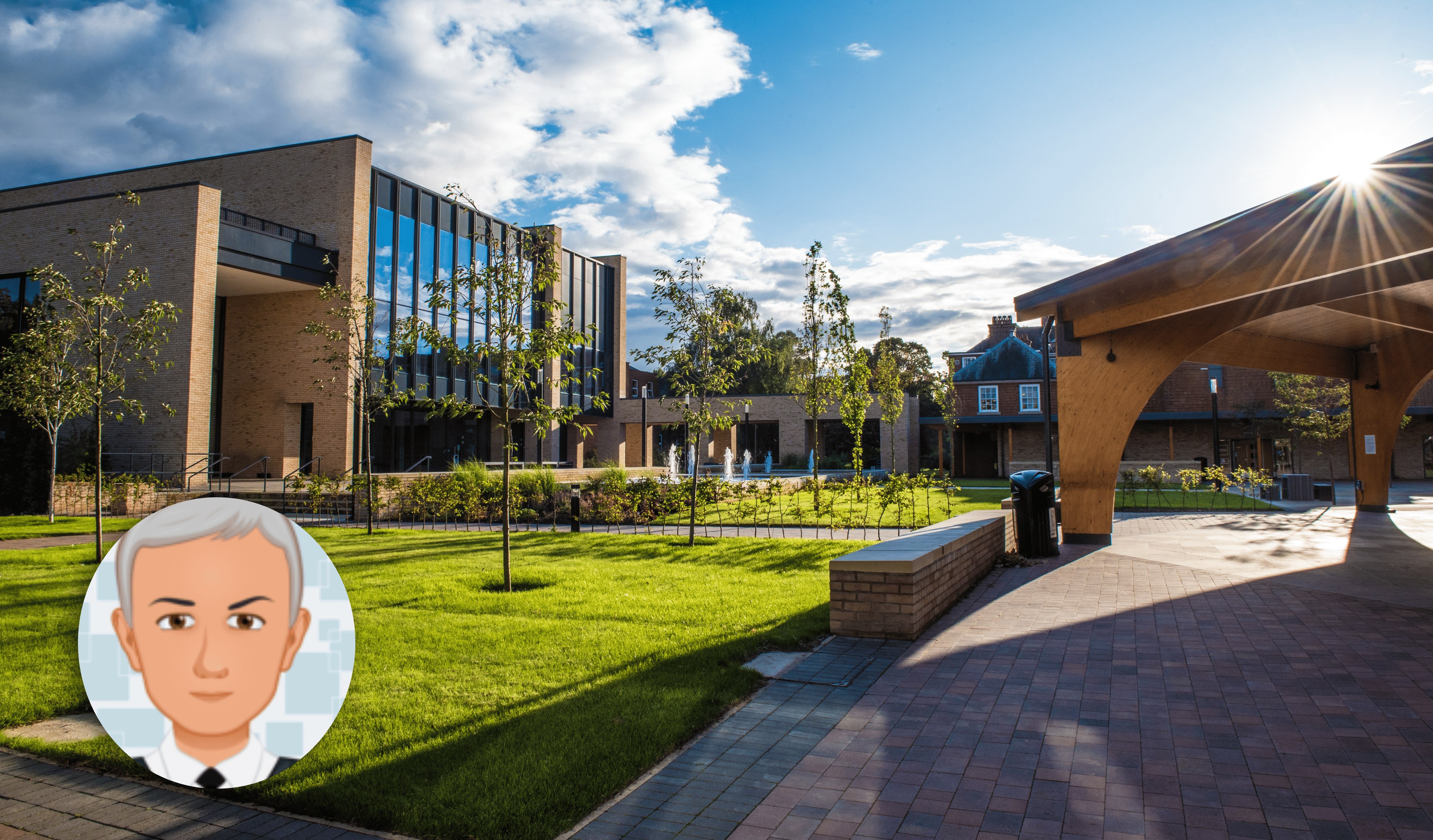
January 6, 2025, by Ben Atkinson
Exploring Playful Learning at Teachfest SB: Gamifying Education with Associate Professor Roger Saunders
As the end of 2024 drew near, Learning Technology colleagues were pleased to again be part of Teachfest SB (Sutton Bonington), an event that, each year, sparks creativity and provides new insights into teaching and learning. This year’s Teachfest was no exception. One of the highlights of the event was the thought-provoking keynote delivered by Associate Professor Roger Saunders from the Faculty of Business and Law at De Montfort University. In this post Sally Hanford, Learning Technology Consultant for the Faculty of Arts, reflects on an insightful and engaging keynote presentation.
Roger shared his expertise on the engaging topic of playful learning and gamification. He explored how the principles of game design can be adapted to different educational contexts to improve student learning outcomes. As he took us on a journey through the world of gamified learning, his session, titled “From Roller Coasters to Assessment Timepocalypse,” opened our eyes to the possibilities of integrating play into serious learning.
The Power of Playful Learning
In his keynote, Roger explained the concept of playful learning, which focuses on harnessing the natural engagement of play to help students better understand complex concepts. It’s an innovative approach that makes learning more interactive, immersive, and enjoyable. He demonstrated how all sorts of games can be used in teaching to encourage creativity, problem-solving, and critical thinking, while keeping students engaged.
One of the main takeaways from his talk was the idea that games can be tailored to different learning environments. Whether it’s a competitive game to motivate students or a cooperative game to foster collaboration, games offer a unique approach to addressing educational challenges. It’s not just about having fun, games can also act as a powerful tool to help students hone practical skills in a meaningful and engaging way.
The “Cards Against Humanity” Learning Experience
After the keynote, I had the chance to chat with Roger about one of the games he referenced during his session: Cards Against Humanity. I wasn’t familiar with the rules of the game and have never played it, so I was curious to find out more about how it could be used as an educational tool.
Roger explained that he uses this game as a playful way to help students develop time management skills — a crucial aspect of academic success. The game’s usual prompts and humorous scenarios are reimagined to create a learning experience that’s both fun and insightful. In the context of time management, the game encourages students to consider various scenarios they might face while preparing for an exam. The prompt cards set up a situation, such as being distracted by social media during study time or procrastinating until the last minute, and the players must choose responses that reflect how they would handle the scenario.
The twist is that the game is paired with a board to track progress toward a goal – in this case, being fully prepared for an exam. Each round shows the impact of the chosen action on meeting the target. By navigating these fictional but realistic situations, students can see the consequences of their time management choices — both the positive and the negative. This dynamic way of learning not only makes the concept of time management tangible but also engages students in a way that traditional methods simply can’t.
Bringing Gamification to the Classroom
What stood out to me from this conversation was how well games like Cards Against Humanity can be adapted for educational purposes. It’s a great example of how gamification, when used thoughtfully, can take traditional teaching techniques to the next level. By integrating game mechanics such as rewards, competition, and scenario-based learning, educators can help students reflect on their actions and decisions in a playful yet insightful way.
In addition to time management, Roger discussed several other creative game-based strategies for teaching a variety of skills and topics. From simulations that mimic real-life challenges to team-based games that promote collaboration, there are many ways that games can foster a deeper understanding of course material while also making learning enjoyable.
A New Era
As we continue to look for innovative ways to engage students and enhance learning experiences, gamification and playful learning offer an exciting avenue to explore. Roger’s talk at Teachfest SB was a great reminder that education doesn’t have to be a dry, traditional process. It can, and should, be engaging, fun, and dynamic.
As we start the new year, it’s inspiring to think about the possibilities that lie ahead for educators and students alike. With tools like gamification, we can create learning experiences that not only improve outcomes but also make learning something students truly enjoy.
Have you tried gamification in your learning or teaching? What games do you think could be adapted for educational purposes? Let us know in the comments below.
No comments yet, fill out a comment to be the first

Leave a Reply